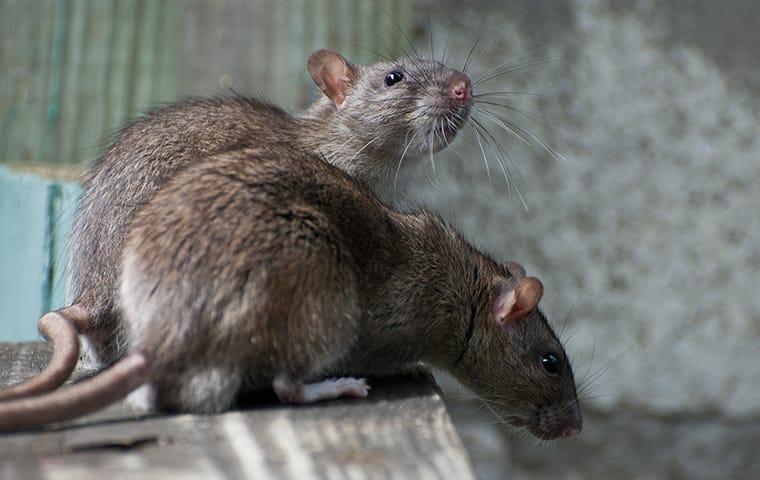Five-kilogram rats, towering 10 times larger than today’s counterparts, once shared the world with humans. Fossil evidence indicates that these colossal rodents were not only neighbors but also served as a food source for early humans. Even in today’s urban or rural landscapes, encounters with these oversized rodents remain a common, albeit unwelcome, occurrence for many.
The discovery of the largest rat fossils on East Timor, an island nation, unveils a fascinating chapter in natural history. Yulen Lewis, a researcher from the Australian National University, inferred from various rat fossils on the island that the ancestors of these giant rats likely inhabited the region between one and two million years ago. The oldest known fossils of these five-kilogram rats date back to 46,000 years ago.
The intertwined history of humans and these colossal rats unfolded dramatically across the Pacific islands. In the Canary Islands, where forest cover is less extensive than in Timor, giant rats faced extinction shortly after human arrival. On Timor Islands, a thousand years ago, traces of these large rats disappeared. Lewis suggests a plausible explanation: “When metal tools were developed, massive deforestation ensued.” This hypothesis best elucidates the extinction of these rats, underlining the impact of human migration on local ecosystems.
Paleontological findings affirm the colossal size of rodents in bygone eras. The largest rodent ever documented, Josephoartigasia monesi, weighed a staggering 1,500 kilograms. While sizable rats still roam some regions today, they pale in comparison to their extinct relatives found in Timor. Presently, certain species in Papua New Guinea, the Flores Islands, and the Philippines tip the scales at around 3 kilograms.










